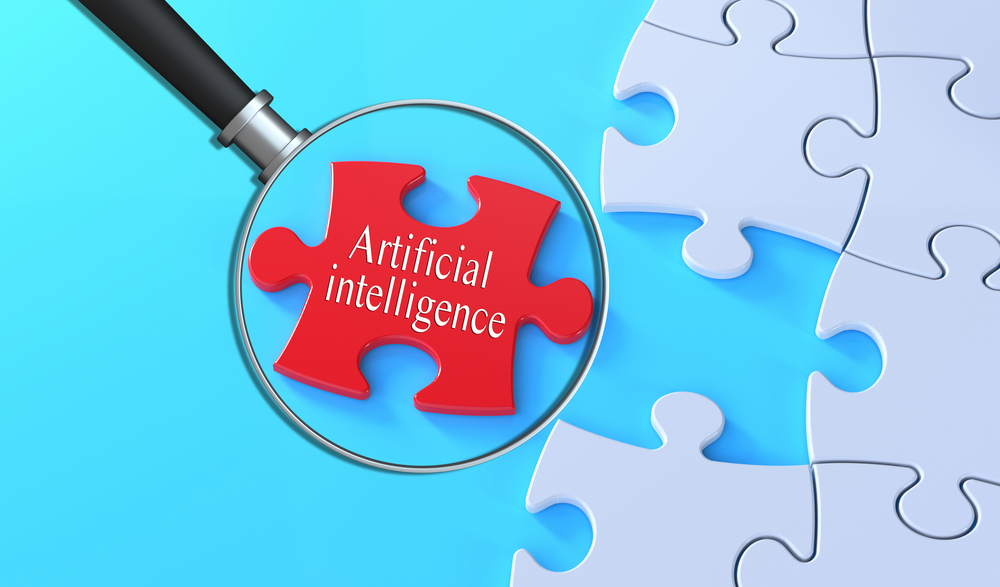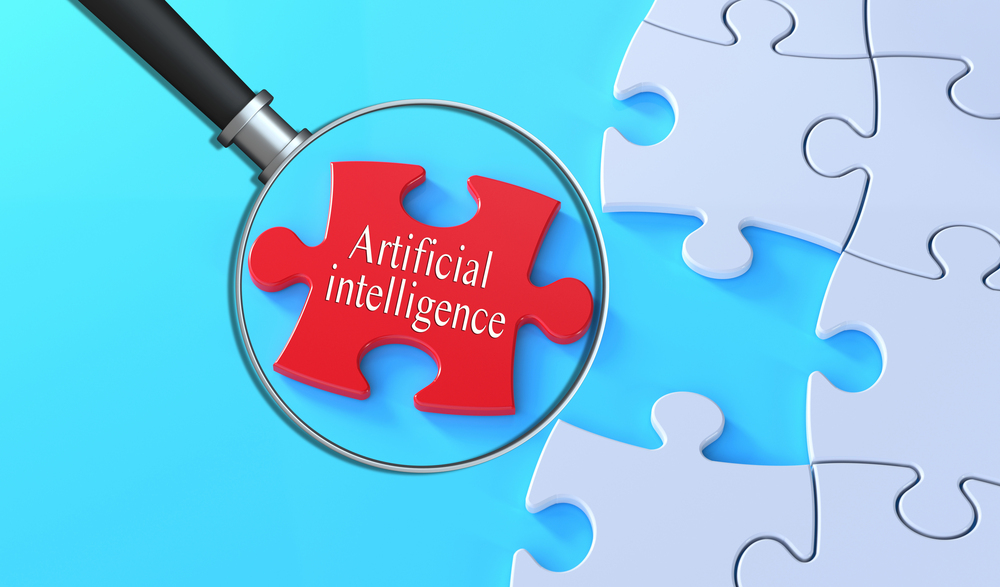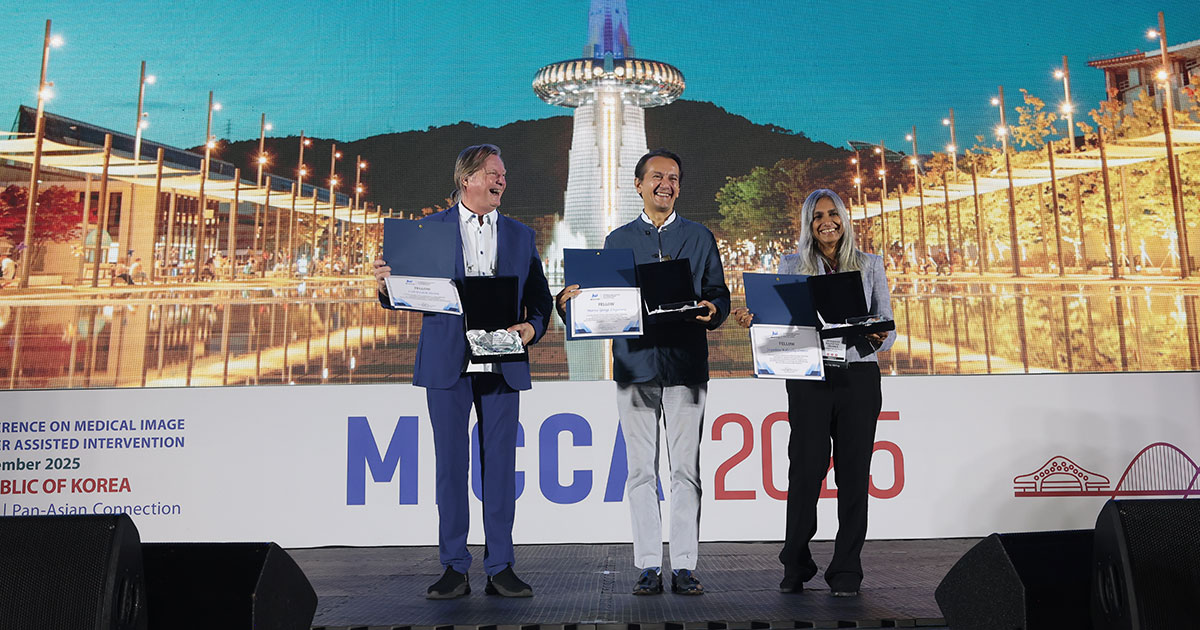Key Takeaways Hyperspectral imaging captures extensive spectral data, enabling precise material and tissue differentiation beyond conventional imaging capabilities. Applications span counterfeit detection, environmental monitoring, agriculture, food quality, and medical diagnostics, with significant accuracy improvements. AI and deep learning enhance HSI's analytical potential, addressing challenges like high costs and complex data analysis. The convergence of AI

Is AI the Answer for Meeting Patent Enablement Requirements? – IPWatchdog.com
“In the wake of Amgen v. Sanofi, numerous excellent articles have explored how AI might help overcome the written description and enablement requirements facing biotechnology and life sciences patents.”
 Growing consensus is emerging that artificial intelligence (AI) may assist biotechnology and life sciences companies to draft patents that satisfy written description and enablement requirements.
Growing consensus is emerging that artificial intelligence (AI) may assist biotechnology and life sciences companies to draft patents that satisfy written description and enablement requirements.
The U. S. Supreme Court’s decision in Amgen Inc. v. Sanofi reiterated that patentees cannot claim a wide functional class of inventions without providing sufficient guidance or examples to enable others to use the full range of what is claimed (Amgen Inc. v. Sanofi, 598 U.S. 594 (2023)). The Supreme Court did recognize in some cases that disclosing a general property common to a class or genus of embodiments may be enough to satisfy the enablement requirement.
While disclosing a “general quality … running through” a class of embodiments may, in some cases, be sufficient to enable a skilled artisan to make and use the full scope of a claimed invention (Incandescent Lamp Patent, 159 U.S. 465, 475 (1895), this approach has proven more effective in fields involving predictable physical properties. For example, in Wood v. Underhill, the Supreme Court upheld a patent for making bricks using coal dust and clay, accepting general guidance on proportions with allowances for natural variation (46 U.S. 1 (1847)). Similarly, in Minerals Separation, Ltd. v. Hyde, the Supreme Court found that preliminary testing to adapt a metal separation process to different ores did not render the patent invalid (242 U.S. 261, 270 (1916)).
Enablement Requirement More Complex in Biotechnology and Life Sciences
Satisfying the enablement requirement has been far more elusive in biotechnology and the life sciences — particularly in the context of antibodies — where small structural changes can lead to unpredictable functional outcomes. But, in the wake of Amgen v. Sanofi, numerous excellent articles have explored how AI might help overcome the written description and enablement requirements facing biotechnology and life sciences patents.
For instance, David K. Barr and Leah Watson of Venable argue that AI-driven discovery tools could strengthen enablement by generating predictive data and structural insights that support broader claims in life sciences patents. Similarly, the NYU Journal of Intellectual Property & Entertainment Law posits that advances in protein folding simulations and AI modeling may provide the kind of detailed structural disclosure needed to satisfy Section 112 requirements, especially for complex biologics like antibodies. In their Spring 2025 article AlphaFold 3, AI, Antibody Patents, the Future of Broad Pharmaceutical Patent Claims, and Drug Development, Brendan Bargmann and Robert A. Bohrer argue that AI tools like AlphaFold 3 — and its anticipated successor AlphaFold 4 — could dramatically reshape the landscape of pharmaceutical patent law. These technologies, they suggest, enable the prediction of numerous antibody variants from a single known sequence, effectively removing the “undue experimentation” barrier that previously hindered broad genus claims, such as those rejected in Amgen’s case. These perspectives reflect a growing consensus that AI could play a pivotal role in reshaping patent drafting and strategy.
Numerous AI Tools Can Assist in the Effort
There are numerous tools, not yet addressed in court decisions on written description or enablement, that allow the prediction of the structure and functions of proteins. AlphaFold has revolutionized structural biology by enabling highly accurate predictions of protein 3D structures directly from amino acid sequences, often approaching the precision of experimental methods. According to recent reviews, including Santauri et al., AlphaFold 2 and its successors have dramatically accelerated therapeutic antibody development by predicting complex folding patterns, especially in variable regions like the CDR3 region of the heavy chain, which are critical for antigen binding, but notoriously difficult to model. See Eshak F, Goupil-Lamy A. Advancements in Nanobody Epitope Prediction: A Comparative Study of AlphaFold2Multimer vs AlphaFold3. J Chem Inf Model. 2025 Feb 24;65(4):1782-1797. The newest version of Google’s AlphaFold neural network, AlphaFold 3.0, revealed in Nature on May 8, 2024, does more than predict the structure of individual proteins but now allows high-confidence modeling of the interaction of two biomolecules, including antibodies binding to antigens. IgFold is a deep learning-based method developed for fast and accurate prediction of antibody structures. It leverages a pre-trained protein language model to generate 3D structures directly from antibody sequences. Trained on a large dataset of natural antibodies, IgFold achieves high accuracy, particularly in modeling the hypervariable complementarity-determining regions (CDRs), which are critical for antigen binding.
In addition to AlphaFold and IgFold, additional AI tools exist to predict antibody function from structure, expanding the capabilities of in silico therapeutic design. For example, AbAgIntPre uses deep learning to predict antibody-antigen interactions based solely on sequence data, offering a rapid screening method without requiring structural input. Bio-Inspired Mamba is a deep learning framework designed to predict antibody–antigen interactions using protein sequences rather than complex structural data, combing a powerful language model (ESM-2) with a specialized encoder to identify binding sites and interaction patterns. AI-augmented physics-based combines AI-guided antibody modeling tools with physics-based docking simulations. These tools, and many others, complement AlphaFold’s high-confidence structural modeling by enhancing binding affinity prediction.
As discussed in AI-Accelerated Therapeutic Antibody Development: Practical Insights, the integration of deep learning and language models trained on massive antibody datasets enables not only structure prediction, but also optimization for developability traits such as solubility, humanization and viscosity. These advances suggest AI-driven platforms like AlphaFold and others may help satisfy the written description and enablement requirements in biotechnology patents by providing detailed, reproducible structural insights previously unattainable, as well as to generate either additional species or methods of screening for workable species within the disclosed genus.
Leaving the role of AI in drug discovery aside, which is outside the scope of this article, it seems many AI tools now have the ability to either, alone or in combination,: (1) predict the structure when given a particular amino acid sequence; (2) predict other sequences with a similar structure; and/or (3) perform in silico screening by simulating thousands of potential mutations and designs, allowing researchers to narrow down the candidates to a more manageable, smaller set for experimental validation.
Enablement Answers Destined to Come
Do these solutions help solve written description and enablement problems? In Amgen v. Sanofi, Justice Gorsuch quoted Amgen’s expert as saying, “the way in which you get from sequence to that three-dimensional structure isn’t fully understood today … translating that sequence into a known three-dimensional structure is still not possible.” Less than a year after that opinion, however, AlphaFold 3 achieved precisely that — predicting the 3D structures of two proteins and modeling their interaction with high confidence.
This raises several questions:
- How would one do this? An inventor could have an AI tool generate additional species with a similar structure to the original screened and tested sequences. The species’ ability to perform in a similar manner (binding etc.) to the original screened and tested sequences could be predicted by AI, avoiding the disclosure of non-operative species.
- Should the use of AI be disclosed in the application under those circumstances? Usually, variations on paper, such as the ubiquitous organic chemical with R, R1 and R2 substitutions, are simply drafted and/or hypothesized by the inventor and included in the description and claims without comment. The original screened and tested species could be disclosed, along with a description of how to find similarly functioning species or the similarly functioning species predicted from AI models could be disclosed, along with how they were derived.
- Would AI screening, even if exceedingly fast, be considered a sufficient disclosure for enablement, or merely a “step-by-step . . . trial-and-error method for finding functional antibodies” (Amgen Inc. v. Sanofi, 598 U.S. 594, 614 (2023)? If sequences have potential conservative substitutions, should the inventor just hypothesize and test those using AI and then list the working ones? Or provide a step-by-step quick method of AI screening? It may be better to use AI to generate additional working examples but note in the application that the examples are predicted to function or bind similarly based on AI-modeling. In other words, do the screening and selection in the application, vetting a library of thousands, or perhaps millions, of potential species.
In looking into the use of AI to add enablement and/or written description report, however, there do not appear to be court opinions addressing generating additional examples or predicting examples using AI. There are patents using computational design and in silico screening, for example, U.S. Pat. Appl. Pub. 2025/0197527 A1, filed September 16, 2024, directed to thermo-stable multispecific, including bispecific, antibodies comprising a heterodimeric Fc domain. The application disclosed that initial heterodimeric Fc variants computationally designed to promote heterodimer formation over homodimer formation, using steric, hydrophobic and charge engineering. The variants were experimentally screened for heterodimer content, stability and target binding using SDS-PAGE, mass spectrometry and differential scanning calorimetry, with top candidates selected for further optimization. The selected variants were subject to detailed in silico analysis and iterative redesign, targeting specific residues to enhance stability and purity.
Many other patents are directed to both methods of using AI to develop antibodies and then the resulting antibodies themselves. It begs the question — is the use of AI directed towards new methods of development and the species generated from that development rather than providing support in the application for genus claims? Are examples being provided without disclosing the AI generation? More applications and time will tell.
Learn more about this topic at IPWatchdog’s Life Sciences Program, taking place next week at IPWatchdog headquarters in Ashburn, VA.
Image Source: Deposit Photos
Image Author:ferencsol49
Image ID: 720668824
Warning & Disclaimer: The pages, articles and comments on IPWatchdog.com do not constitute legal advice, nor do they create any attorney-client relationship. The articles published express the personal opinion and views of the author as of the time of publication and should not be attributed to the author’s employer, clients or the sponsors of IPWatchdog.com.



